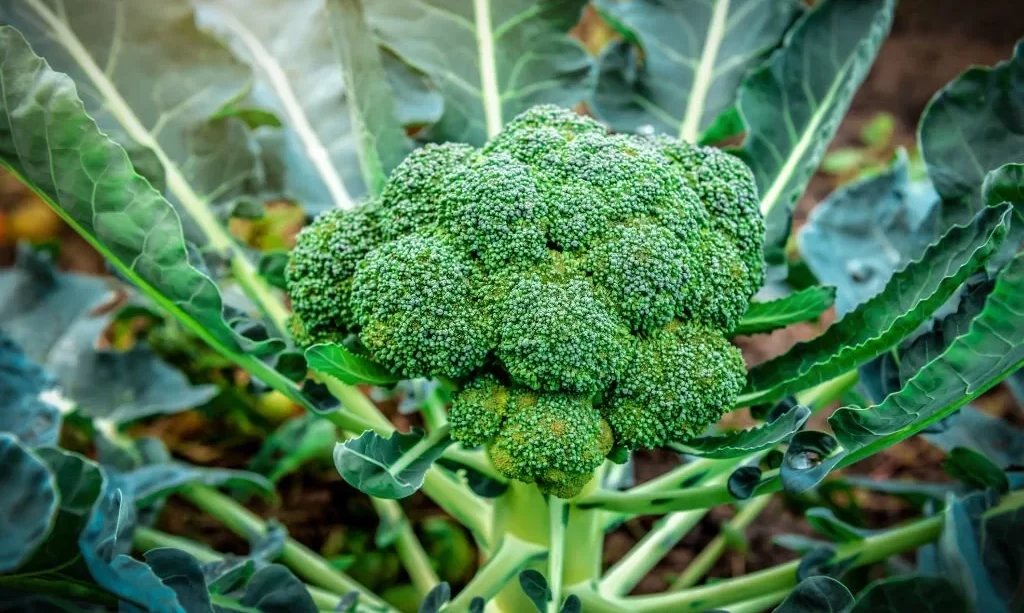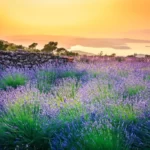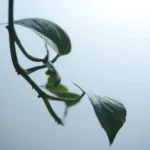Broccoli, with its vibrant green florets and numerous nutritional benefits, is a well-known and beloved vegetable in many households. Yet, the question arises: does broccoli exist in the wild? In this exploration, we will delve into the origins of broccoli and uncover whether this popular vegetable has a natural presence in the wild.
The Wild Ancestor
- Wild Brassica Oleracea: Broccoli belongs to the species Brassica oleracea, a member of the cabbage family, which includes kale, cauliflower, and Brussels sprouts. This species has its roots in the Mediterranean region.
- Wild Brassica Varieties: While broccoli’s ancestor in the wild likely resembled a weedy, leafy plant, it is the outcome of centuries of human intervention, selective breeding, and cultivation that has led to the development of the cultivated broccoli we are familiar with today.
As we journey through the origins and evolution of broccoli, we’ll uncover the fascinating story of how this nutritious vegetable has been shaped by human cultivation and whether it can still be found in its natural, wild form.
Cultivation and Domestication
- Ancient Cultivation: The history of broccoli cultivation stretches back over two millennia. It was first cultivated by the ancient Romans, who refined it through selective breeding.
- Domestication Process: The cultivated broccoli we recognize today is a product of careful cultivation and human intervention. Over time, farmers and horticulturalists selected and bred plants for specific desirable traits, leading to the development of various Brassica oleracea varieties, including broccoli, cauliflower, and cabbage.
No True Wild Broccoli
- Lack of a Wild Equivalent: Unlike some vegetables that have wild counterparts closely resembling the cultivated form (e.g., wild carrots and domestic carrots), broccoli does not have a true wild equivalent that strongly resembles the broccoli we grow in our gardens.
- Wild Cabbage Varieties: In the wild, you may encounter wild cabbage varieties that share a common ancestor with broccoli. However, these wild cabbages typically differ significantly from cultivated broccoli, both in appearance and taste.
While broccoli has a captivating history rooted in selective breeding and cultivation, it does not exist in a true wild form that mirrors the broccoli we commonly enjoy at our dining tables. Understanding this distinction sheds light on the unique journey broccoli has undertaken from its wild ancestors to become a cherished and nutritious vegetable in our gardens and kitchens.
Broccoli in Gardens and Farms
- Cultivated Broccoli: Presently, broccoli is primarily grown as a cultivated vegetable. It thrives in well-maintained gardens and on farms where specific varieties are chosen for their desirable traits.
- Cultivation Requirements: Broccoli’s unique cultivation requirements, including consistent care, proper spacing, and protection from pests, make it better suited for controlled environments rather than wild growth.
Conclusion
In conclusion, broccoli, in its familiar cultivated form, does not exist in the wild. It is a product of human intervention, selective breeding, and cultivation that has transformed it from its humble wild cabbage ancestor, Brassica oleracea, into the nutritious and delicious vegetable we enjoy today. While you won’t stumble upon wild broccoli during a hike in the woods, you can appreciate the remarkable journey of this vegetable from its wild origins to its role as a staple in our diets and gardens. The story of broccoli serves as a testament to the transformative power of human agriculture and horticultural practices.




